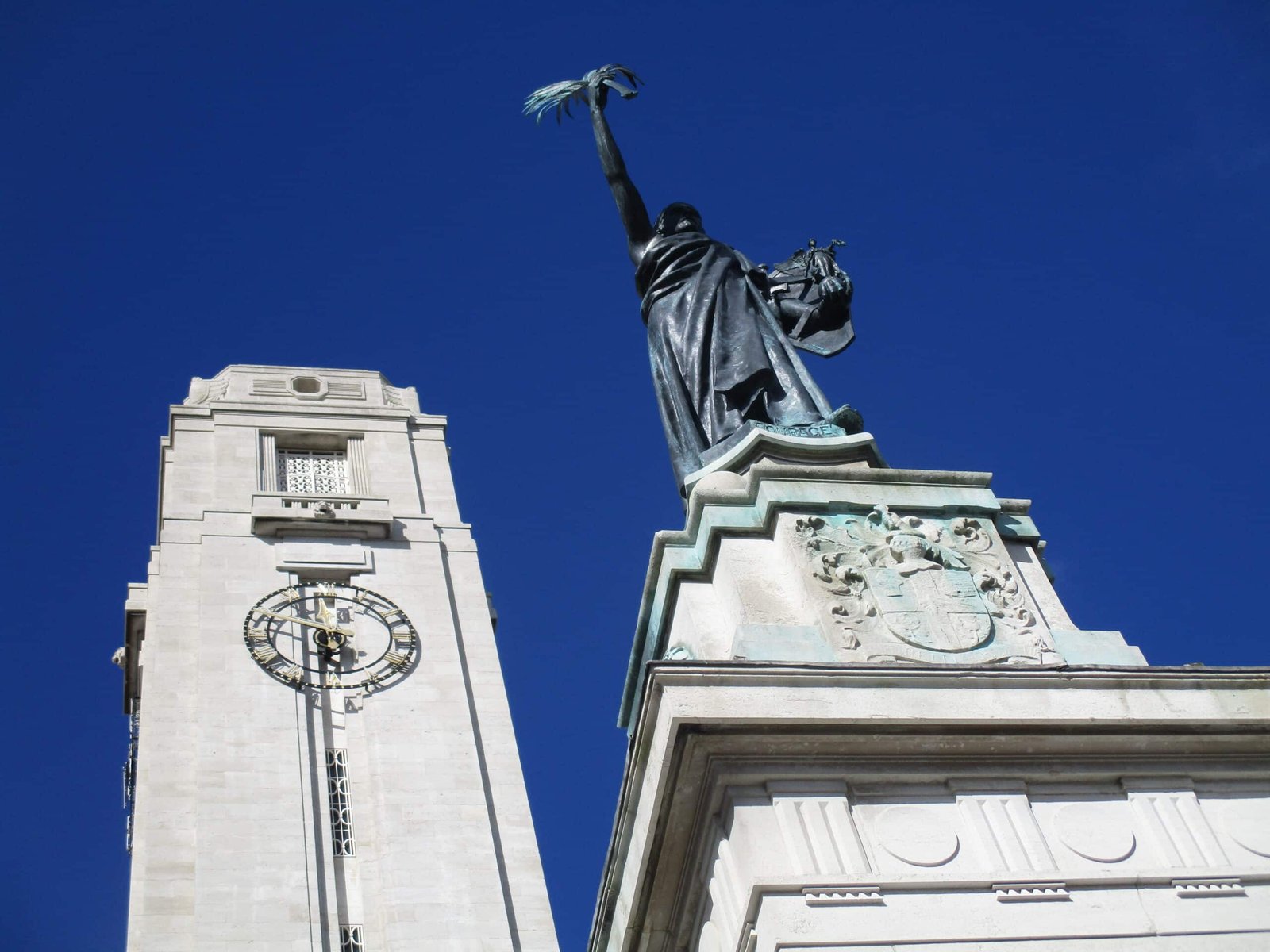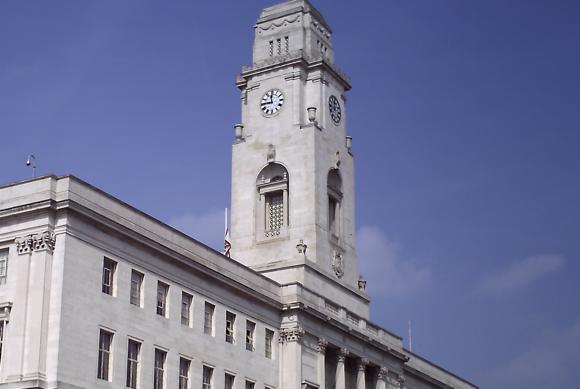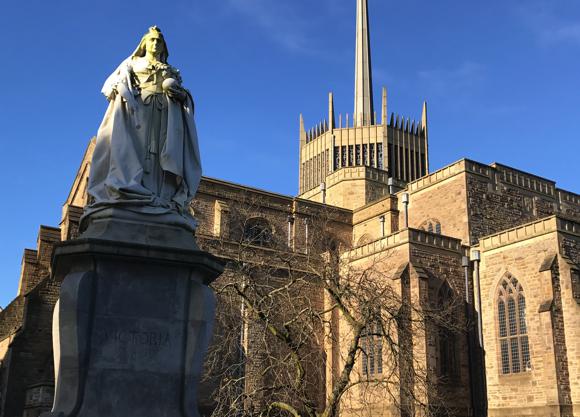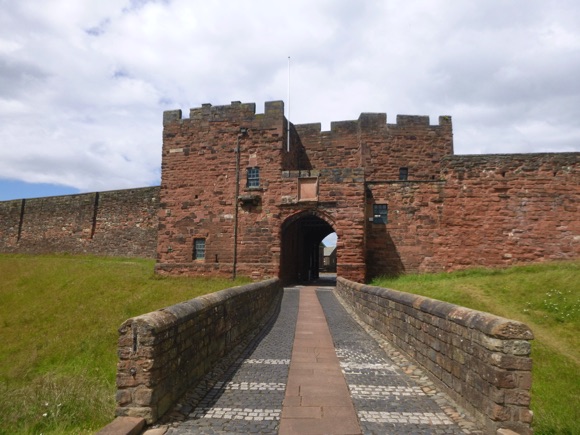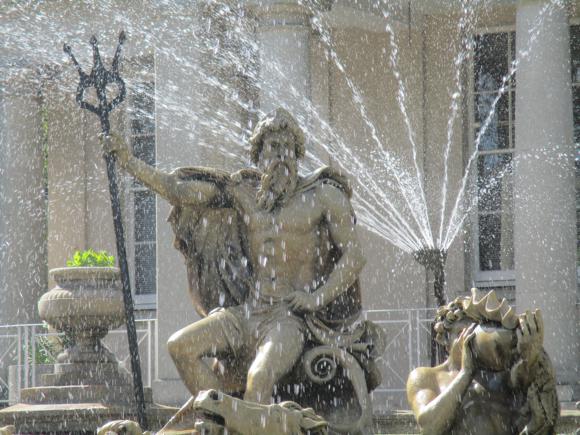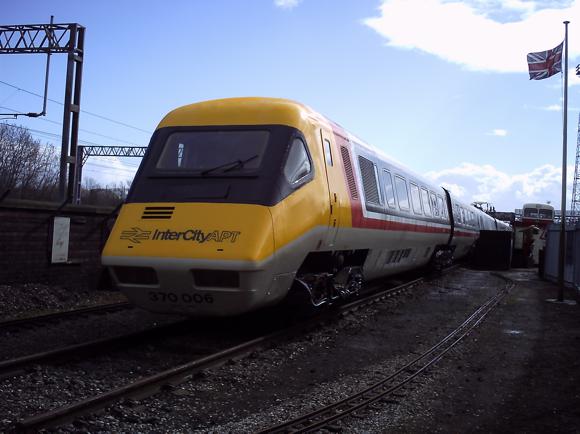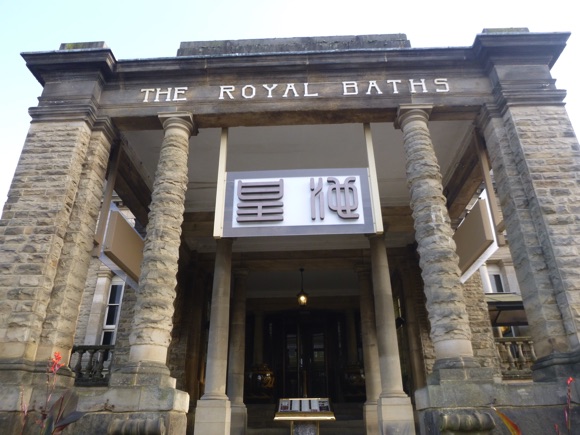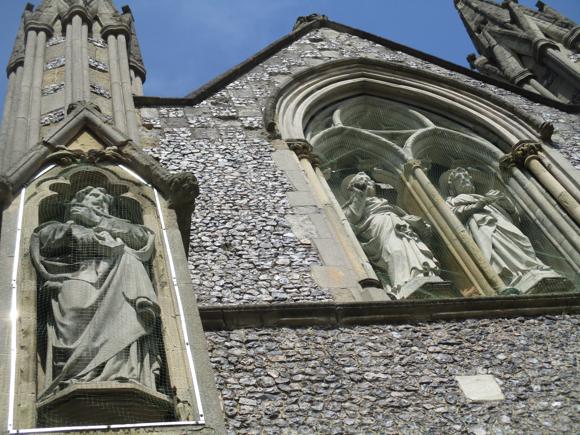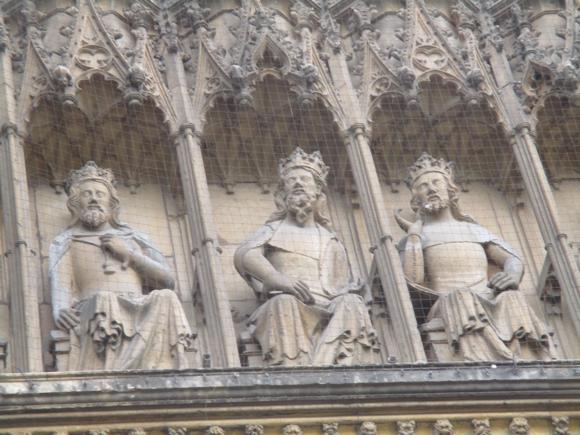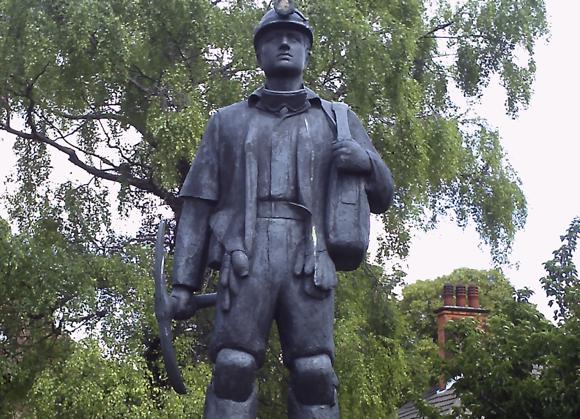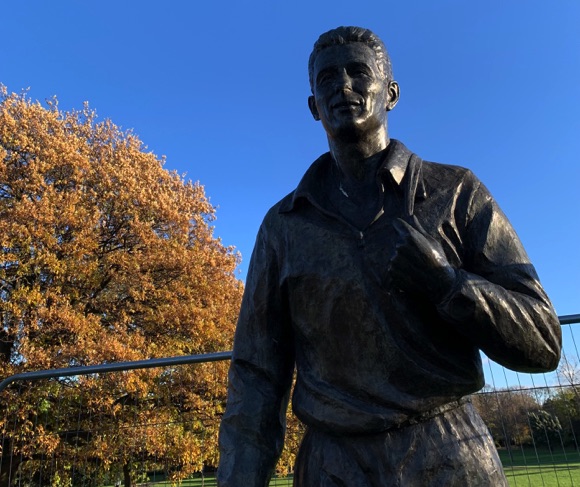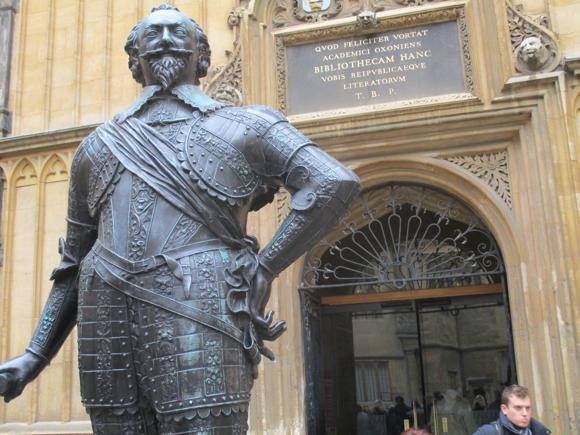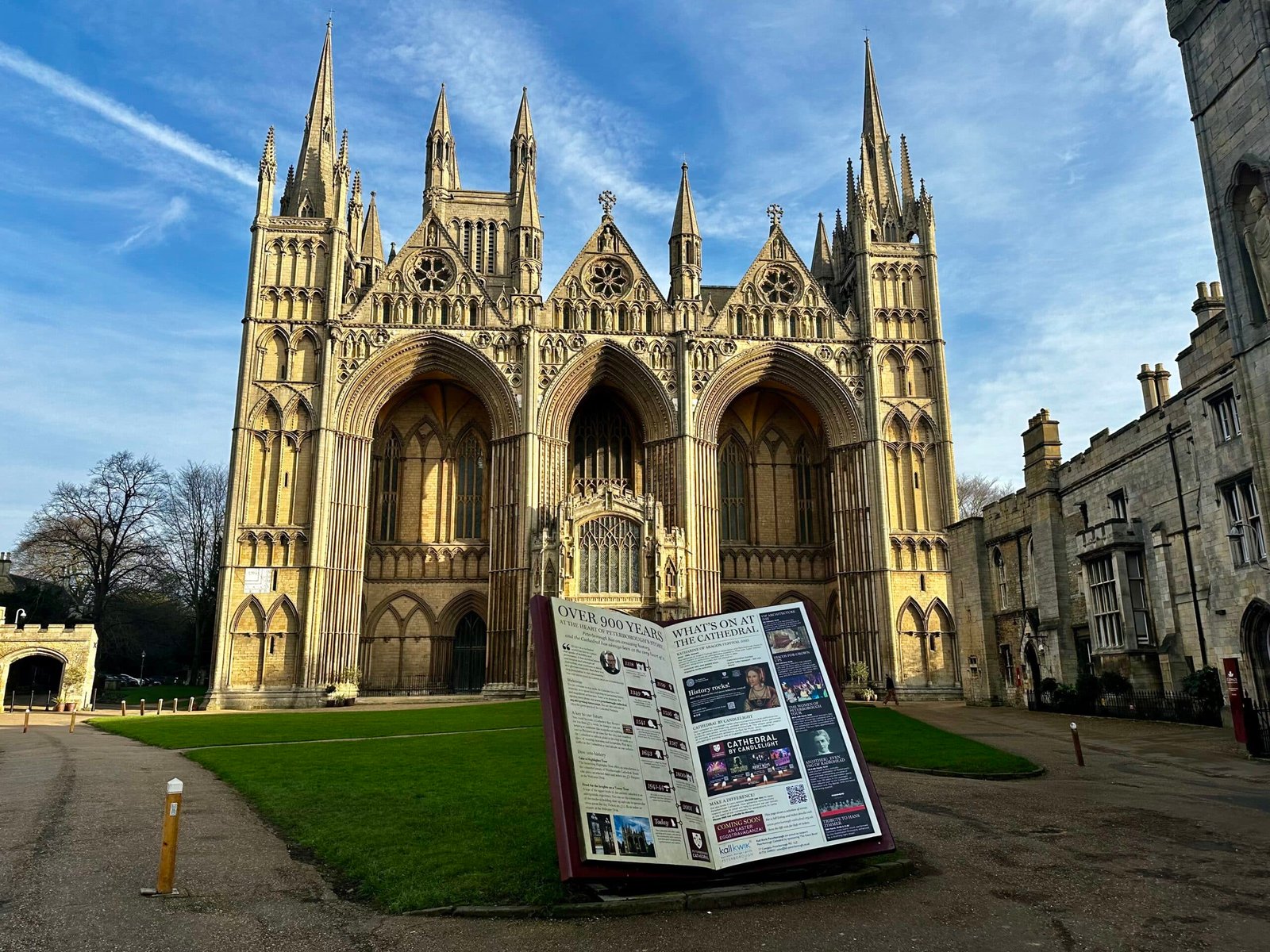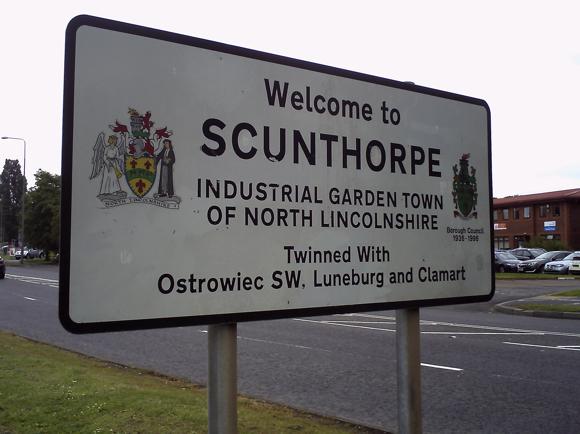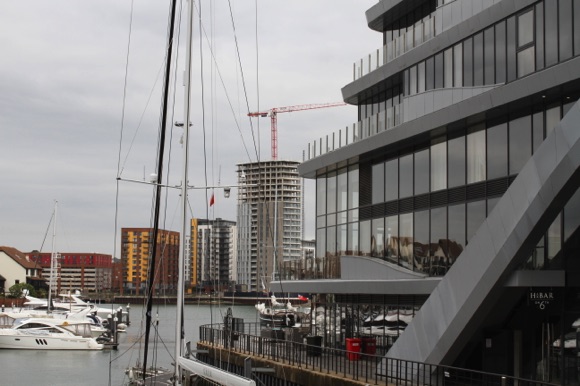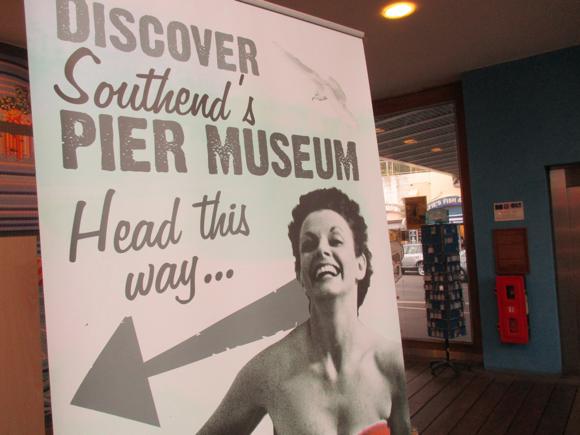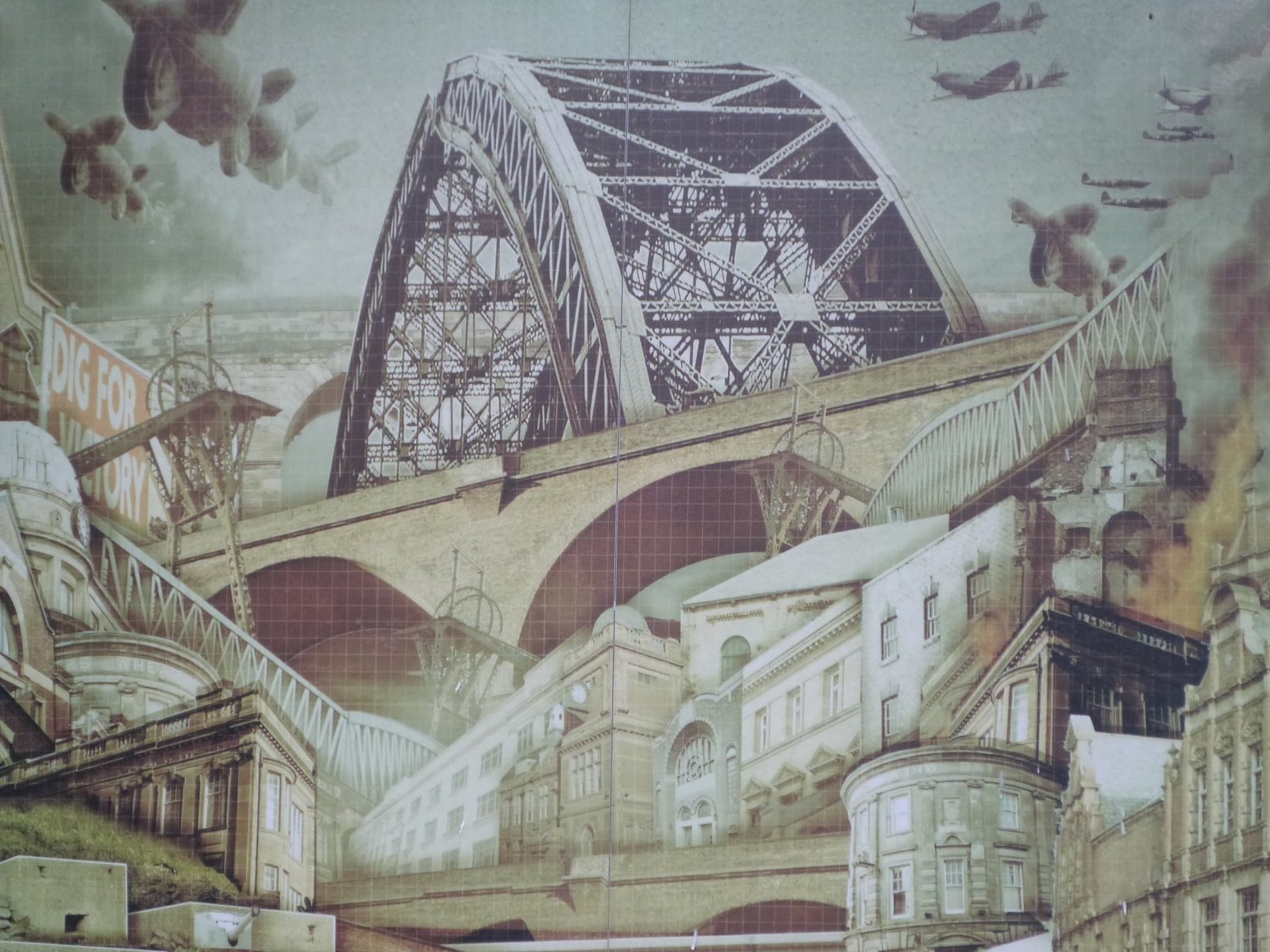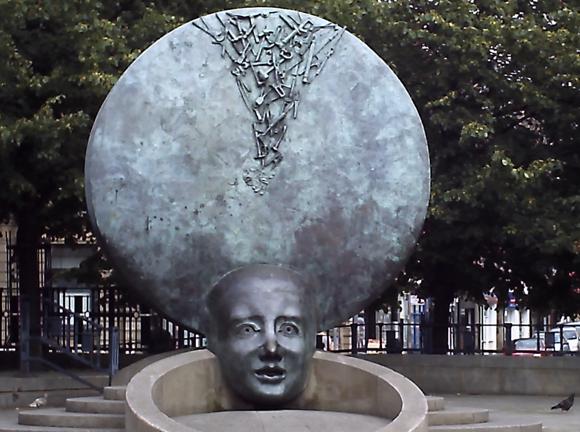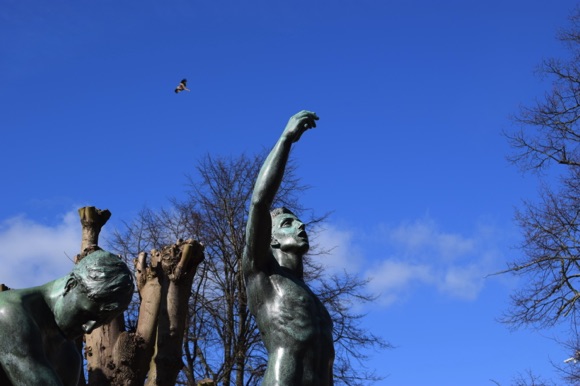Teams, tales and tips – a guide to the local game
In 1955, Luton Town gained promotion to England’s top flight for the first time and realised the club needed to address the limitations of their Kenilworth Road ground, boxed in by terraced housing and dwarfed by its counterparts in the top two divisions, even then.
Four years later, none other than Sir Stanley Matthews refused to play under the floodlights in an upcoming cup replay here – so the club switched the fixture to an afternoon kick-off, setting an attendance record despite workers having to leave their posts and schoolchildren their desks. Youngsters ringed the touchlines as Luton recorded a famous victory, the players hardly able to reach the dressing room afterwards.
But it wasn’t until 2016 that news broke of land being purchased for a new Luton stadium, between St Mary’s Church and the narrow River Lea, near Luton station. Even then, it was only after a memorable but turbulent short season in the Premier League, another first, in 2023-24, that Luton at last appointed building contractors.
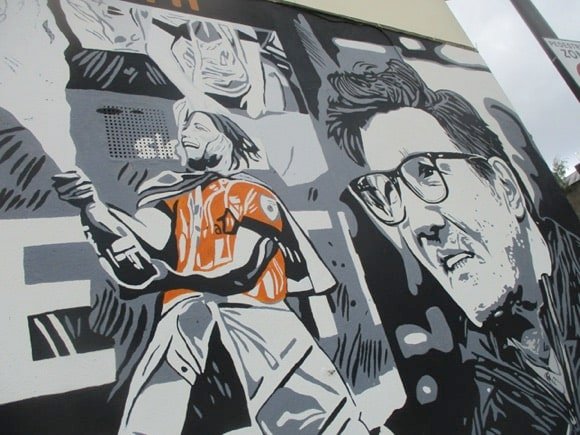
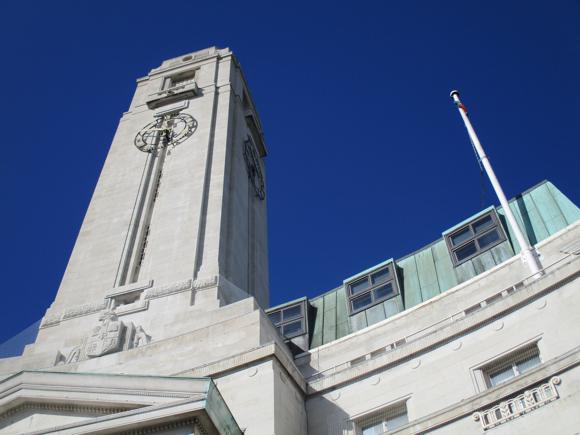
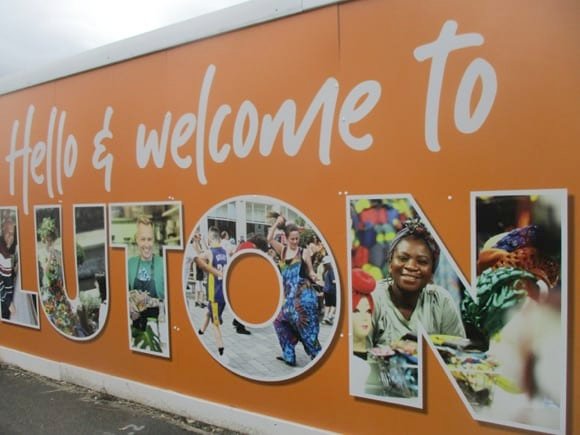
Naturally, for visiting fans long used to flat-pack stadiums, Kenilworth Road is a welcome taste of what football used to be like – but only until 2028-29, if all goes to plan.
The Power Court project signals the end of football in Bury Park. Bisected by Dunstable Road, Dallow Road and the Luton-Dunstable busway line in between, the Asian quarter of today is where local football has been rooted since 1880.
Its economy driven by first hats, then cars and now planes over the course of those 140 years, the manufacturing centre and transport hub of Luton made one club the focus of its support quite early on. Proposed at public meeting in 1885, Luton Town were created from an unpopular merger between Wanderers and Excelsior.
Excelsior had played their first match in 1880 at Dallow Lane against Luton Rovers, about whom little is known.
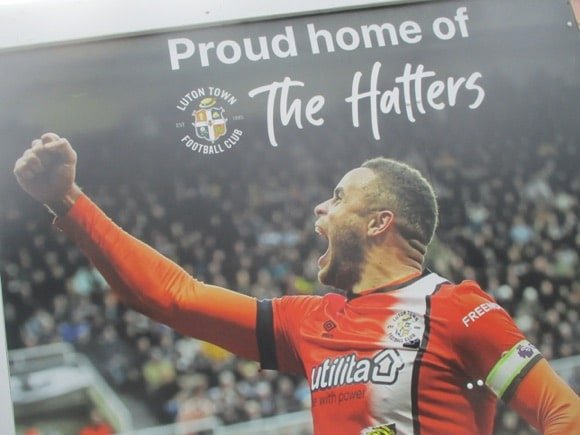


Diplomatically comprised of an equal number of players from each founder club – the remaining Wanderers carried on regardless under their original name – Luton Town also began life in Dallow Lane.
Soon after the merger, the go-it-alone Luton Wanderers made it to the First Round of the FA Cup, losing 3-1 to Old Etonians. Luton Town soon eclipsed them. Even before the new club had joined a league or progressed in the FA Cup, it was the first in southern England to pay its players. Professionalism had been legalised in 1885 but only adopted by clubs in industrial hubs further north.
The first regional competition, the Bedfordshire Challenge Cup, was established in 1894 and won by another Luton side, Montrose, beating Dunstable Town at Bury Park.
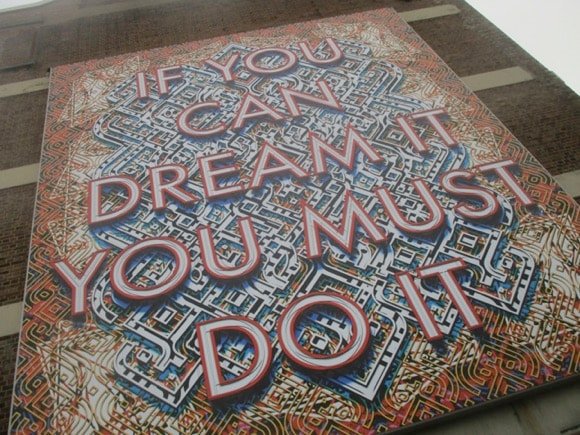
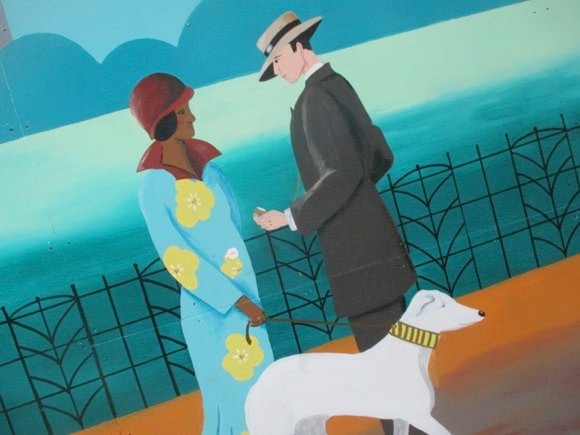
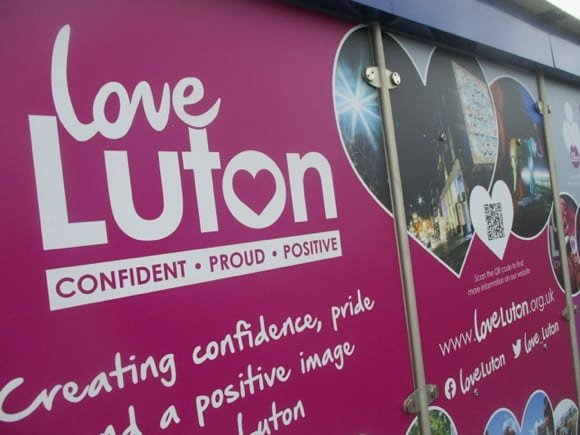
The Hatters of Luton Town had higher ambitions. Inaugural members of the Southern League in 1894, the club still had to play occasional lucrative friendly matches – and pay players. Overstretched and out of funds, they were forced to move from Dallow Lane to Dunstable Road in 1897.
The club duly won the United League and was admitted to the Football League Second Division – keeping a reserve side in the United League. Unable to meet the onerous travel expenses of trips to towns such as Newcastle, Blackpool and Grimsby, the first team soon slipped back into the Southern League, then sold up again.
This time, the move was a few hundred yards away, to Kenilworth Road, in 1905 – the same year that Vauxhall Motors came to Luton.
In many ways, the rise and decline of football club and local automotive industry have intertwined. In the late 1980s, when Vauxhall were challenging for European Car of the Year awards, top-flight Luton Town appeared in two Wembley finals, winning one League Cup and losing another.

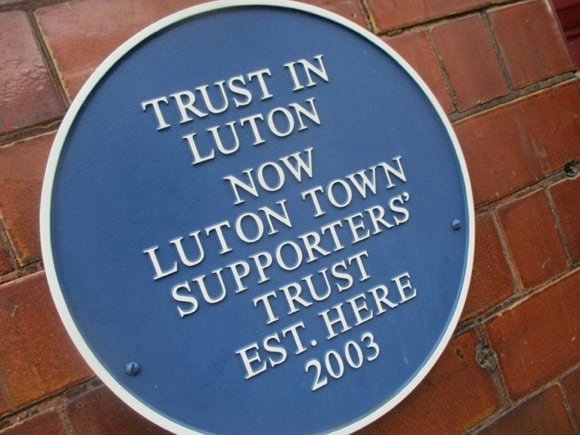
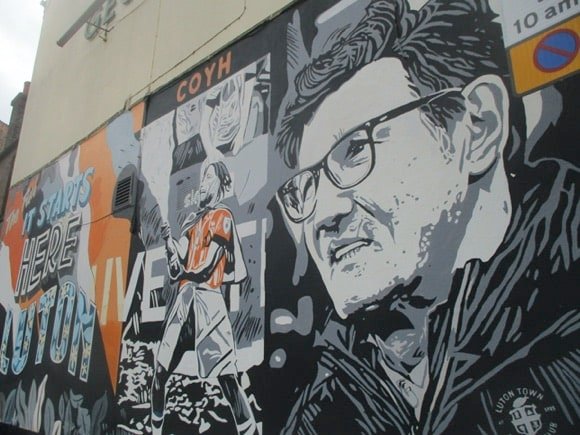
iIn 2002, as the last car rolled off the production line at the century-old plant, close to the airport, the Hatters were scrapping to get out of the lowest league tier.
Five years later, a complete collapse saw the club plummet three divisions in as many seasons and fall out of the Football League altogether.
In 2014, the Hatters bounced back up, just as annual passenger numbers at Luton Airport broke the ten-million mark. Airport services now provide the bulk of local employment in the private sector.
The Power Court stadium development – initially including a hotel, live venue, apartments, hypermarket and leisure hub – will help, of course, but its construction has has led many to savour their last couple of seasons at Kenilworth Road. The excellent Hatters Heritage foundation has recently created a comprehensive database of club records and reinstigated informative ground tours.
Getting Around
Arriving in town and local transport
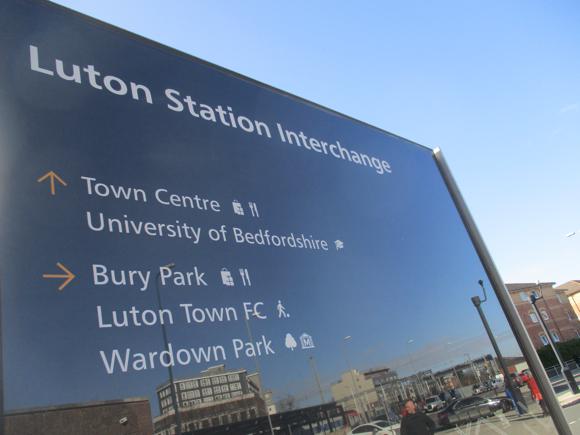
London Luton Airport is 5km (three miles) south-east of Luton.
The quickest way directly to town and the ground is Arriva Bus A from outside Arrivals, every 20mins. Journey time to Luton Interchange beside Luton station is 15mins and Clifton Road alongside Kenilworth Road, 20mins. Other Luton-Dunstable Busway lines whizz the one-stop, 2min journey from Luton station Interchange to Clifton Road. The swift service, which runs like a tram on its own line, is operated by three companies: Arriva, Centrebus and Grant Palmer. They offer a joint day pass, Hip Hop (£5).
The other main bus company in town is Stagecoach East.
If you’re getting the train from London St Pancras (around 30mins), the East Midlands services from platforms at street level are far cheaper (online advance singles £4.50) than the Thameslink ones from platform B below ground. Adding a PlusBus (£3.50) levy to your ticket allows all-day local bus travel. From Birmingham or Manchester, there’s no direct train service to Luton, you have to go via London or, sometimes, Leicester.
Luton station is right by the compact, walkable town centre.
Go Luton (01582 404 040) has three taxi offices around town, with online booking and a free text service.
Where to Drink
The best pubs and bars for football fans




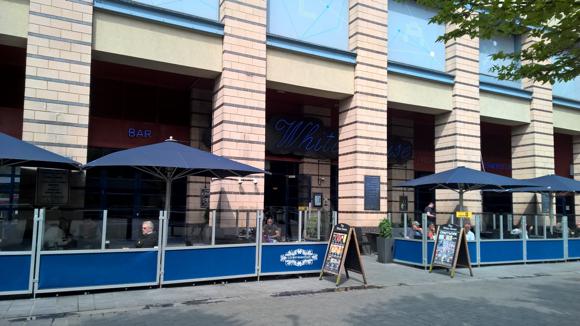
Leading from Luton station into town, Bute Street has a couple of decent bars down it, namely The Great Northern still feels like the railway pub it was back in the 1860s – the timeless landlady adds to the illusion. St Austell beers are the attraction here, beside The Hat Factory arts space. Across the street, the tastefully refurbished George II deserves its reputation as a decent music spot, with TV football and fine food.
Alongside on Guildford Road, the Wheelwright Arms has its walls and ceilings covered in Luton Town flags and memorabilia, swapping the decor around for major summer tournaments. It also offers guest rooms.
Right in the town centre, The White House is the main Wetherspoon in town, built into the Galaxy leisure complex.
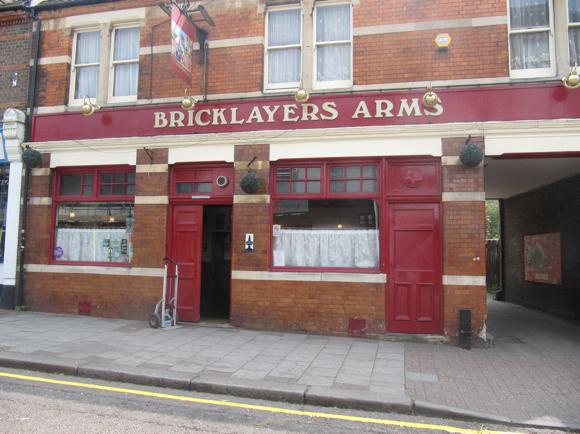


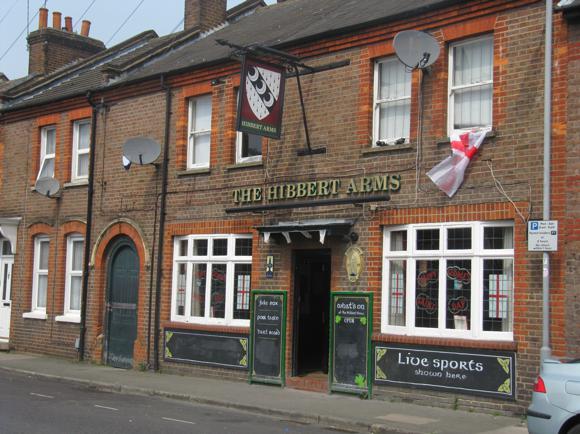
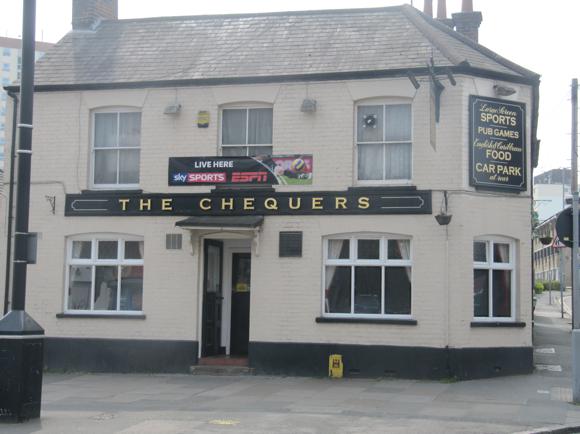

Streets just outside the immediate town centre are also dotted with decent pub choices, such as the traditional Red Lion on Castle Street, known equally as a hotel. TV football in quieter surroundings is a major draw for non-guests.
Just over the ring road on Latimer Road, The Globe is a friendly local that screens matches while round the corner on Hibbert Street, the Hibbert Arms is another homely spot that shows games. On nearby Park Street, there’s Caribbean food and a warm welcome at The Chequers.
Just the other side of the station, loyal regulars need little persuasion to frequent the Bricklayers Arms, an authentic local with TV football and regularly changing ales. Across the street, The Well is another popular football-watching spot.
Where to stay
The best hotels for the ground and around town






Experience Bedfordshire has a database of accommodation in Luton.
Walking distance from the ground, the Quality Skyline (246 Dunstable Road) is the nearest lodging, functional rooms plus restaurant and bar with TV sport, reserved through booking sites.
Over in town, two key hotels stand on the Stuart Street ring road across town from the station, a short walk the shops and pubs. The stylish, upscale Icon has its own lounge bar, restaurant and gym. Luton Town holds functions and houses loanees and new signings here. The other is the Premier Inn Luton Town nearby, with free parking. The three-star, 60-room Stuart Hotel is currently up for sale.
Close to the station on Guildford Street, Luton-based easyJet has its own hotel, with supercheap boxy rooms while the football-focused Wheelwright Arms has five guest rooms available. Also in town, on Castle Street, the Red Lion is a more substantial hotel operation, with 17 rooms, TVs, tea and coffee in each one, plus televised sport in the bar.

